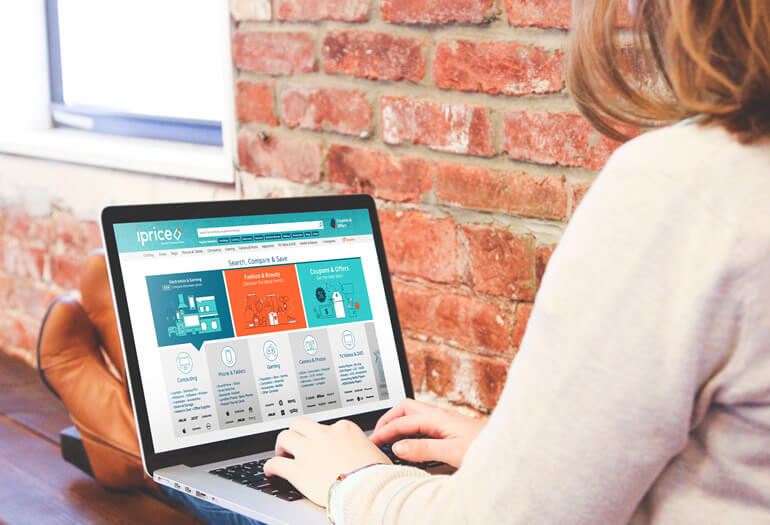

One of the keys to increasing the conversion in an ecommerce is to facilitate the purchase to the user, make it comfortable, simple, natural, and fast. And for this it is fundamental that the product page is not only properly organized, but also that permanent attention is paid to each of the essential elements: the name of the product, the images, the price and the stock.
An ecommerce product page is not a static page that is made once and never touched again. It is a page that requires a very careful management to boost the conversion.
What are the most important tasks your product page requires? We will give you some keys to help you with the elements that most influence the user to make a purchase:
1. Product description. This information is essential, since together with the image it will be the first thing the user sees. The content is one we all know, the name of the product, the basic description, and the characteristics. The important thing, besides the clarity in the texts, is to manage the keywords that the description has to contain. Too few keywords will have no influence on search results, and too many keywords can make the description complicated and unnatural for the user.
2. Images. Visual information is another factor that has a great influence on the purchase, so the photographs must be of high quality, clean and with a neutral background. For the user it is important to have all possible perspectives of the product image, especially when it comes to fashion garments and accessories. One of the decisions to make with regards to this: your own production or the manufacturer images? Just the product or the product image with a user to give context? One way to make this decision is to test A / B on different page versions and measure the conversion of each one of them to make a decision.
3. Price. In the digital environment where there is great competition, price is a very important element and one of those that requires greater management and monitoring. An ecommerce can define different actions on the price - some depend directly on the ecommerce and others on the activity of the competition. The ecommerce itself can manage prices and modify them by making offers, discounts and promotions based on the management of its stock, seasonality of the year and even the time of day, as like for example on a Black Friday. The other issue that influences price management is competition, and to be aware of this permanently, the ideal thing is to monitor competitors' products with software to help make decisions. Competitive monitoring software is essential for an ecommerce to monitor competitor prices continuously and automatically.
4. Stock. Indicating the available units of the product is a key factor to motivate the purchase, in addition to demonstrating the transparency of the ecommerce. This data is one of the most demanded by users before making the purchase decision. All studies show that a sense of urgency is one of the triggers of the purchase. On the part of the online store, it is of vital importance to put a lot of care into the management of your warehouse and stock; keep it up to date and make sure that your information systems are integrated and have all the information synchronized.
Find out how Minderest can take your business to the next level.
Contact our pricing experts to see the platform in action.
Related Articles

AI Agents and Holiday Season: How to Adapt Your Pricing Strategy
Holiday season planning used to revolve around creative campaigns, emotional storytelling, and optimizing the user experience. However, a silent revolution is changing the rules of the game. The rise...
How Surveillance Pricing Works and Its Applications for Your Business
The term "Surveillance Pricing" might conjure images of corporate espionage and price manipulation. However, this initial perception hides one of the most sophisticated and powerful strategies in...